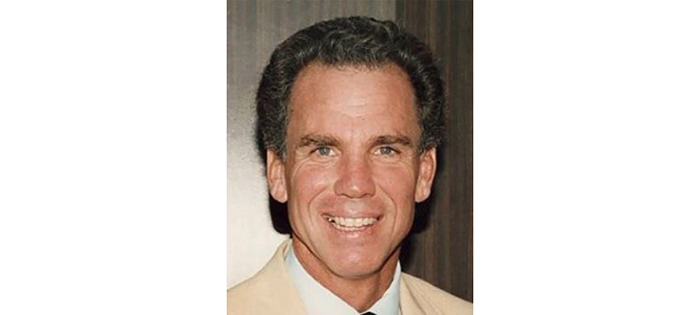Rent is only getting more expensive.
Prices are higher across the board compared to this time last year, and 97% of states have experienced increases in rent prices for both one- and two-bedroom apartments, according to Rent.com’s March Rent Report.
Let’s break it down.
Nationwide rent prices, to start, have increased significantly year-over-year. One-bedroom rents were up 24.4%. Two-bedroom rents rose by nearly 22%.
Illinois, specifically, felt a 26.10% increase from 2020 to 2021 — $1,092 to $1,377, respectively. South Dakota experienced the largest jump in the Midwest at 114.07%, followed by Kansas (3.10%), Illinois, Ohio (17.83%), Michigan (15.71%), Iowa (12.20%), Minnesota (11.90%), Indiana (10.51%), North Dakota (8.78%), Wisconsin (8.85%), Missouri (7.08%) and Nebraska (-2.18%).
But we can look closer.
It was also found that Madison, Wisconsin (-7.4%), Indianapolis, Indiana (-7.1%), Milwaukee, Wisconsin (-5.5%) and Minneapolis, Minnesota (-2.7%) experienced a decrease in one-bedroom rent prices from 2020 to 2021. Interestingly, Madison is the only city with a population of under 300,000. Of the 10 cities that experienced the biggest increases in one-bedroom rent prices year-over-year, more than half have populations of 300,000 or less.
What does this mean? We’ve heard it before. People seem to be leaving bigger cities, causing prices in metropolises to fall and prices in, then, less densely populated areas to steadily rise.
Below are Rent.com’s findings:
1-BR Avg Rent, February 2022
Jersey City, NJ ($3,757)
Boston, MA ($3,664)
San Francisco, CA ($3,503)
Irvine, CA ($3,220)
Oakland, CA ($3,206)
Glendale, CA ($3,144)
Long Beach, CA ($3,051)
San Diego, CA ($3,019)
Los Angeles, CA ($2,928)
Huntington Beach, CA ($2,824)
Less populated cities like Jersey City do appear — in some cases — more expensive than its nearest metropolis. Likewise, Los Angeles (3,979,576 people) is less expensive than the suburbs of Irvine, Glendale and Long Beach.
2-BR Avg Rent, February 2022
Jersey City, NJ ($5,003)
Boston, MA ($4,894)
San Francisco, CA ($4,459)
Glendale, CA ($4,367)
Oakland, CA ($4,139)
Los Angeles, CA ($4,009)
San Diego, CA ($3,906)
Huntington Beach, CA ($3,903)
Irvine, CA ($3,651)
Miami, FL ($3,611)
Chicago is No. 21 on the list for one-bedroom, and No. 15 for two-bedroom, despite being one of the most densely populated cities in the U.S.








